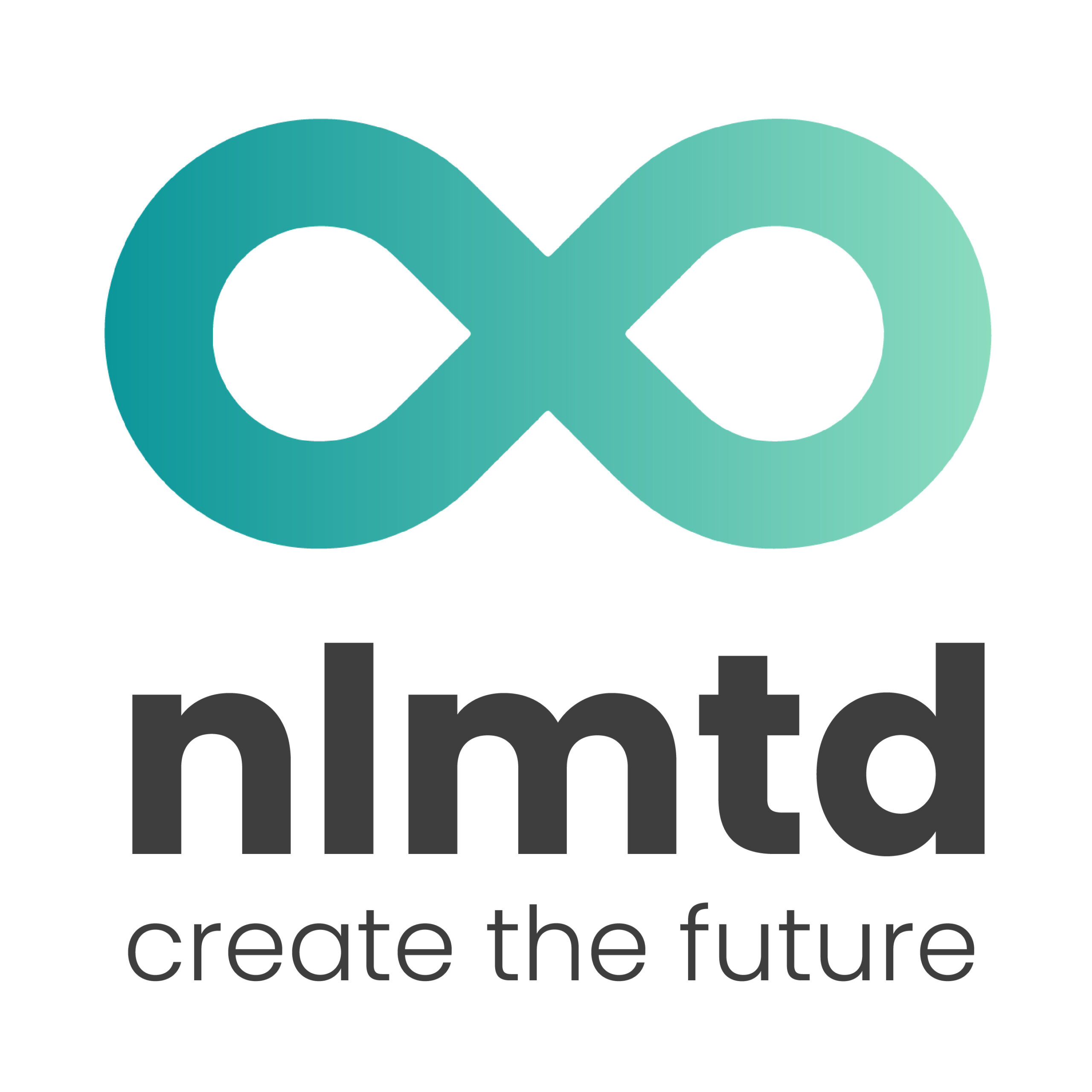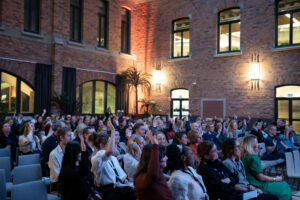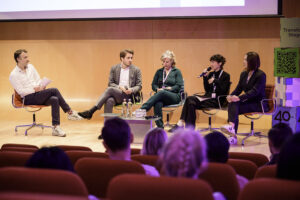
Manuel van Lijf
Director & lead Travel & Transportation
He has 25 years of experience, primarily in the international aviation sector. At KLM and Dubai Airports, he held roles as Director of Innovation, Head of Product Design, and Global Head of Digital Marketing. At nlmtd, he works with clients such as Schiphol Airport, IAG Group, Miami Airport, and Copenhagen Airport, helping these companies make their operating models more sustainable through innovation.
Share this article
Consolidated Insights from TNW Conference Round Table organized by nlmtd
The Workforce Shift: Urgent, Complex, and Unavoidable
The Travel & Transportation (T&T) sector is facing one of its most pressing transformations yet: the urgent need to reshape how work gets done and who is doing it. Companies are contending with intensifying workforce shortages, shifting employee expectations, technological acceleration, and strategic ambitions that demand more agility than ever before.
Operational and specialist roles remain unfilled. Innovation projects stall for lack of know-how. Teams stretch thin, and burnout looms. Meanwhile, digital transformation demands an entirely new skillset—while experienced professionals near retirement and take decades of knowledge with them.
This is not a siloed HR issue. It’s a sector-wide challenge with direct implications for business continuity, customer satisfaction, and future growth.
That’s why, at the TNW Conference, leaders and experts from across the T&T sector gathered to do more than share frustrations—they came together to share those hard earned experiences from the front lines. What followed was a lively and practical exchange of what works, what doesn’t, and what’s needed now. This article distills those insights into six key themes for future-focused workforce development.
If you’re building the future of work in Travel & Transportation—this is your guide.
1. Make the Job Worth Having
Talent Availability & Job Attractiveness
Across the board, companies are finding it difficult to attract and retain staff in operational and technical roles. Physical strain, high turnover, and unattractive conditions are common barriers. These roles are essential to daily operations, yet often undervalued or misunderstood. Organizations are tackling this by improving work conditions, redesigning roles for sustainability, and making sure employees understand the purpose and value of their contribution. Recognition, mobility, and modern onboarding processes are becoming powerful tools to reframe what makes a job worth staying for.
2. Build a Culture Where Learning Never Stops
Skills Mismatch & Learning Culture
As job requirements shift rapidly with digital and data-driven tools, many organizations face a growing gap between current employee skills and future business needs. Static training is no longer sufficient. Instead, learning must become an integrated, continuous experience. Forward-thinking companies are investing in internal academies, experiential learning, and AI-enabled microlearning formats. Learning is no longer a department—it’s a shared mindset that spans all roles and levels.
3. Capture Wisdom Before It Walks Out the Door
Knowledge Retention & Aging Workforce
As experienced professionals approach retirement, the T&T sector faces the challenge of preserving institutional knowledge. Much of this expertise is undocumented, and hard to replace. To prevent critical know-how from being lost, organizations are setting up mentorship programs, facilitating intergenerational learning, and rethinking senior roles to include coaching responsibilities. Capturing the legacy of skilled workers is essential to avoid repeating mistakes and maintain service continuity.
4. Let Managers Lead the Change
Leadership & Middle Management Engagement
Middle managers are crucial to translating strategy into action—but they’re often overloaded and under-supported. Many great initiatives stall at this level, not due to resistance, but due to lack of clarity or capacity. Organizations are re-engaging this layer by involving them in planning processes, aligning development programs with leadership needs, and promoting trust-based, participatory leadership styles. Managers who are empowered and inspired become catalysts for transformation.
5. Break the Silos, Build the Culture
Culture, Collaboration & Change Readiness
Innovation depends as much on collaboration as it does on technology. Many T&T organizations are still battling silos—between departments, functions, or even legacy mindsets. Culture change takes intentional effort. Leaders are experimenting with cross-functional teams, external hires to challenge the status quo, and storytelling to make transformation tangible. When people feel part of something bigger, change feels less like a threat and more like an opportunity.
6. Use Tech to Empower, Not Overwhelm
Data Literacy & Smart Use of Technology
There’s plenty of tech in T&T—but not always the skills or confidence to use it effectively. Many employees feel disconnected from the systems meant to support them. That’s why organizations are going back to basics: training employees to read and act on data, applying workforce analytics meaningfully, and designing tools that enhance, rather than complicate, work. It’s not just about digital adoption—it’s about building digital fluency at every level.
Final Thought: It Starts with People
Let’s be honest: no organization ever transformed by installing software alone. The true lever for change? People. The ones driving buses, building schedules, maintaining assets, solving customer issues, and leading teams through uncertainty. They’re the heartbeat of every T&T company—and the ones who’ll carry transformation on their shoulders.
That means strategy has to be more than a slide deck. It has to resonate with the day-to-day reality of work. From better onboarding to smarter learning to authentic leadership, the path forward is not just about new tools but better support, better conversations, and better work cultures.
Imagine a sector where operational jobs are both respected and rewarding. Where learning is fluid and fun. Where middle managers are transformation champions, not bottlenecks. That future is within reach—but only if we make it easy for people to grow, adapt, and feel part of the journey.
The T&T workforce is evolving. And with the right focus, it can become one of the sector’s greatest assets—not its biggest constraint.





